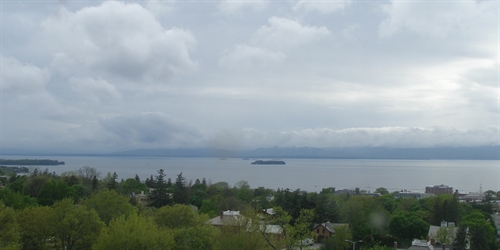In re Clyde's Place, LLC., 2011 VT 7 (Reiber, C.J.)
Landowner appeals the Environmental Court’s decision upholding the Town of Orwell’s notice of violation (NOV) as to landowner’s replacement nonconforming structure. Notwithstanding the court’s determination that the new structure violated certain Town bylaws, we conclude that landowner was entitled to judgment in its favor because of the court’s conclusion, which is supported by the record, that the permit terms were ambiguous and had to be construed in favor of landowner. Accordingly, we reverse the Environmental Court’s decision and remand the matter for the court to enter judgment for landowner.
A zoning permit that has become final cannot be collaterally attacked even based on arguments that it was void on the grounds that the zoning administrator lacked the authority to issue it. A municipality may later argue, however, “that the bounds of permitted use have been exceeded.” The Town claims that the new structure’s 24' by 35' dimensions are not “over” the 21' by 21' “footprint” of the original building, as required by the 2006 permit.
We ordinarily accept the plain meaning of the words contained in a zoning permit, but any uncertainty in the meaning of those words “must be decided in favor of the property owner.” The uncertainty and confusion over the permit’s “footprint” requirement led to several conversations between the members of Clyde’s Place and the Town’s zoning administrators. Overall, the record reveals that there was no consensus as to what was meant by requiring landowner to build “over” the “footprint” of the preexisting structure. The Environmental Court specifically found that the permit terms “over” and “footprint” to be ambiguous, absent definitions of the terms in the zoning ordinance.
We see no reason to question this determination. Given these findings and conclusions, which are supported by the record, we agree with landowner that, rather than going on to find a violation of town bylaws, the court should have stricken the Town’s NOV and entered judgment in favor of landowner because the as-built structure was allowed by the ambiguous permit.





No comments:
Post a Comment